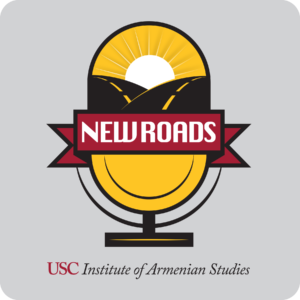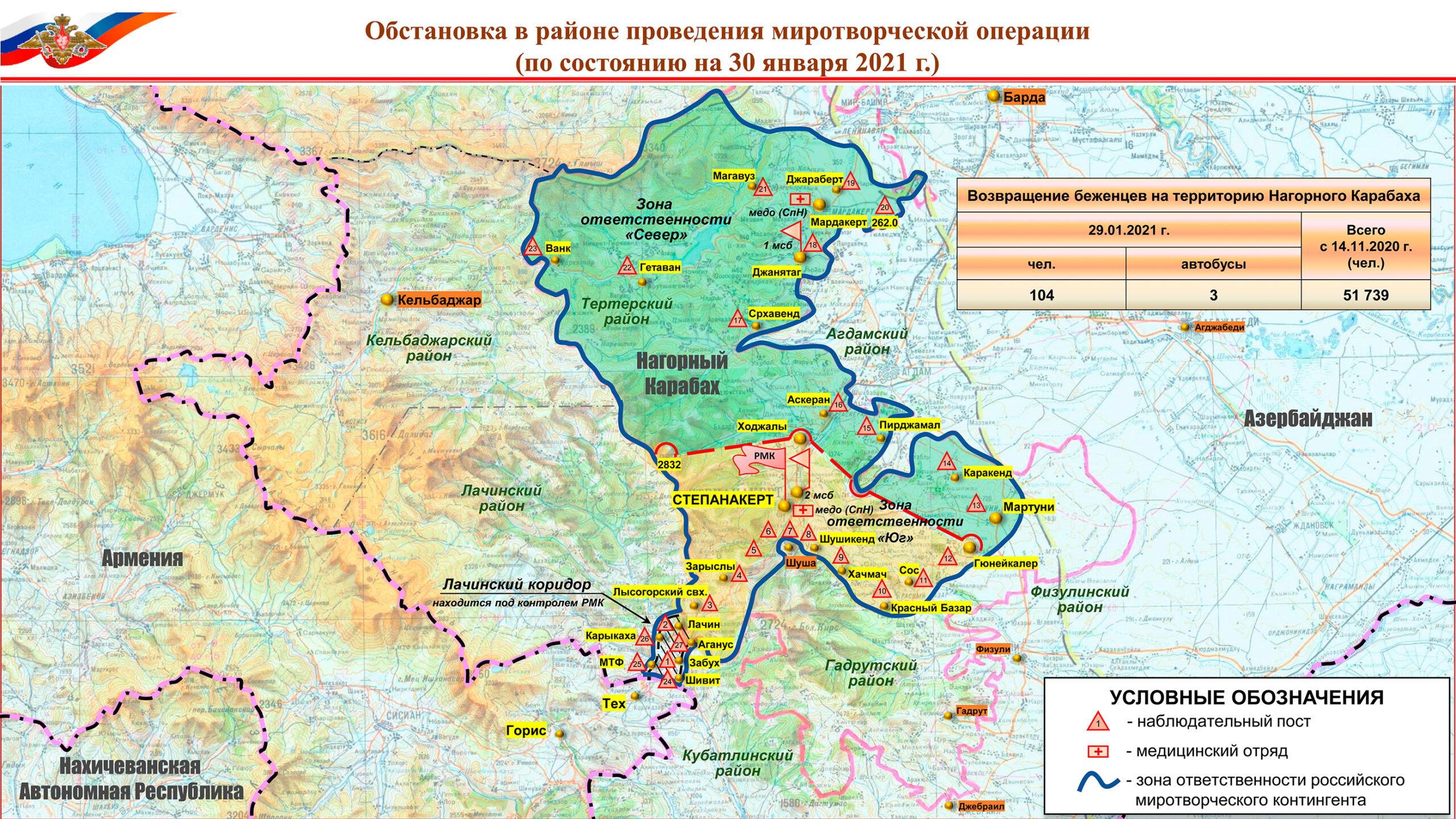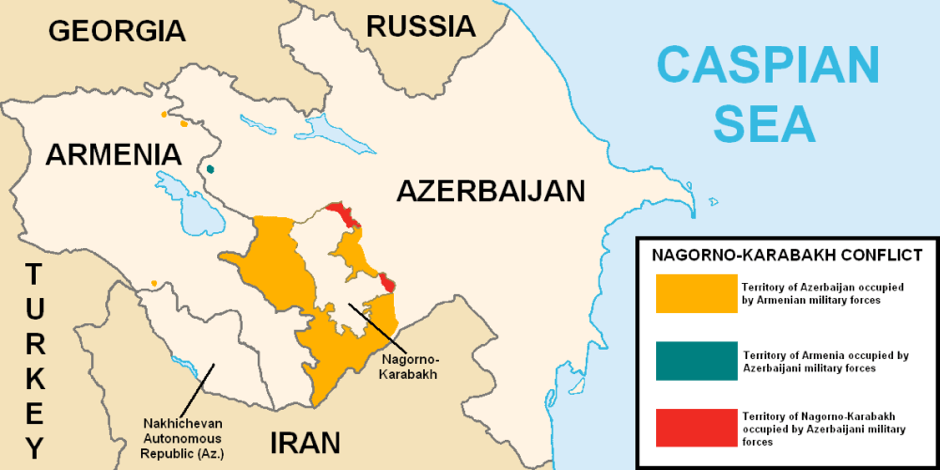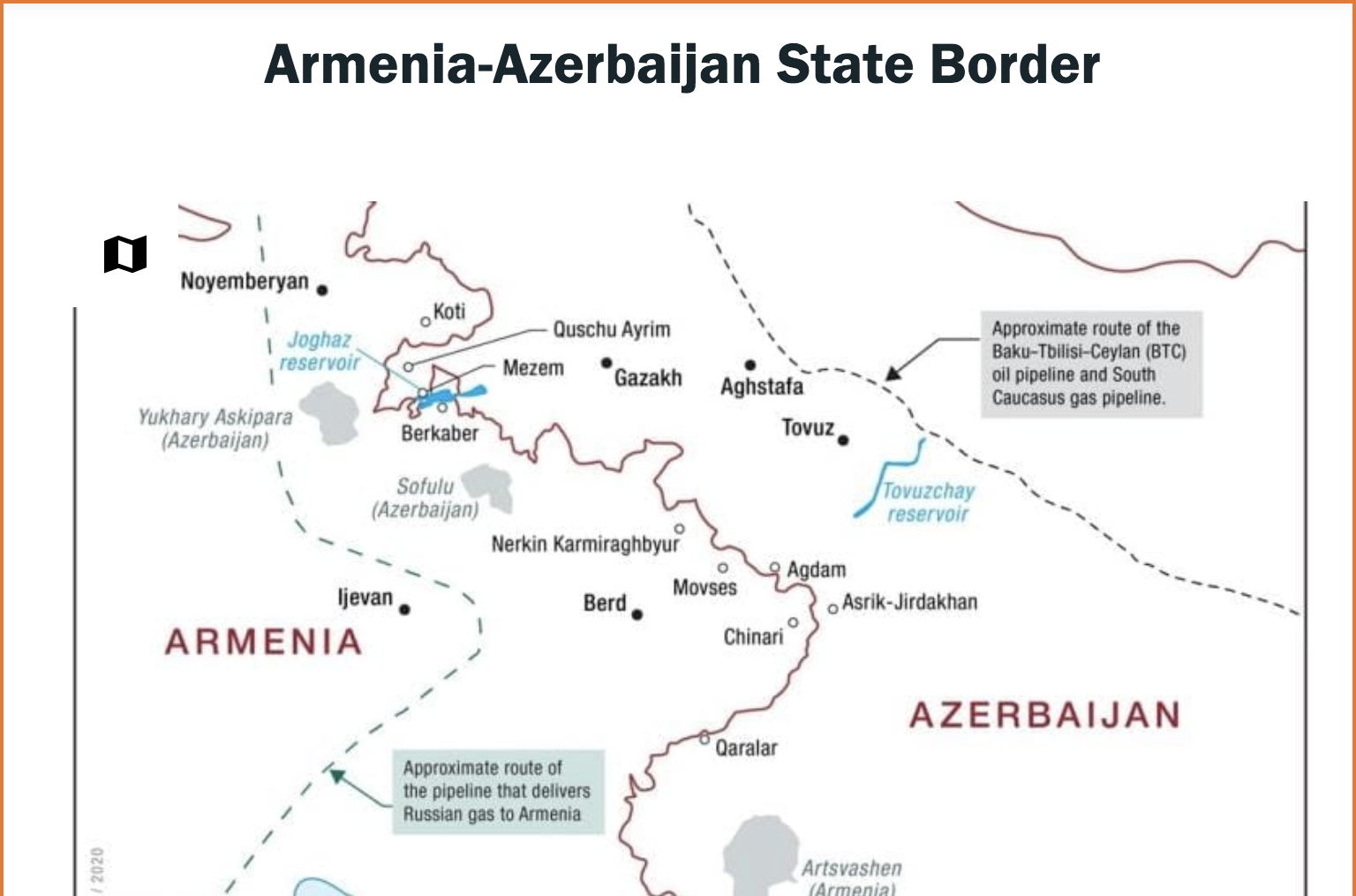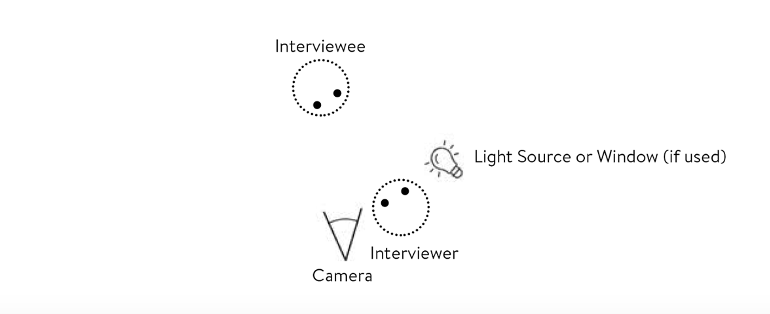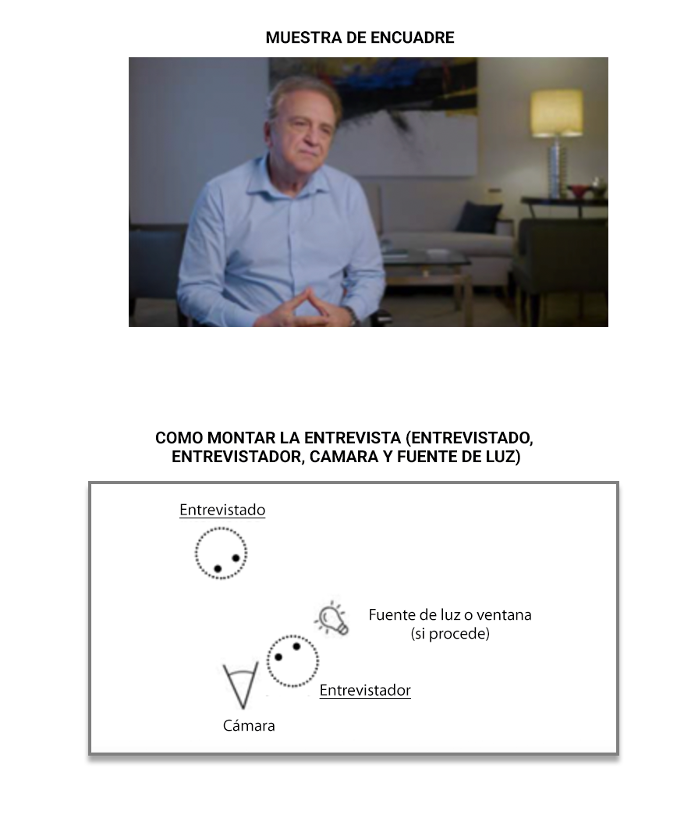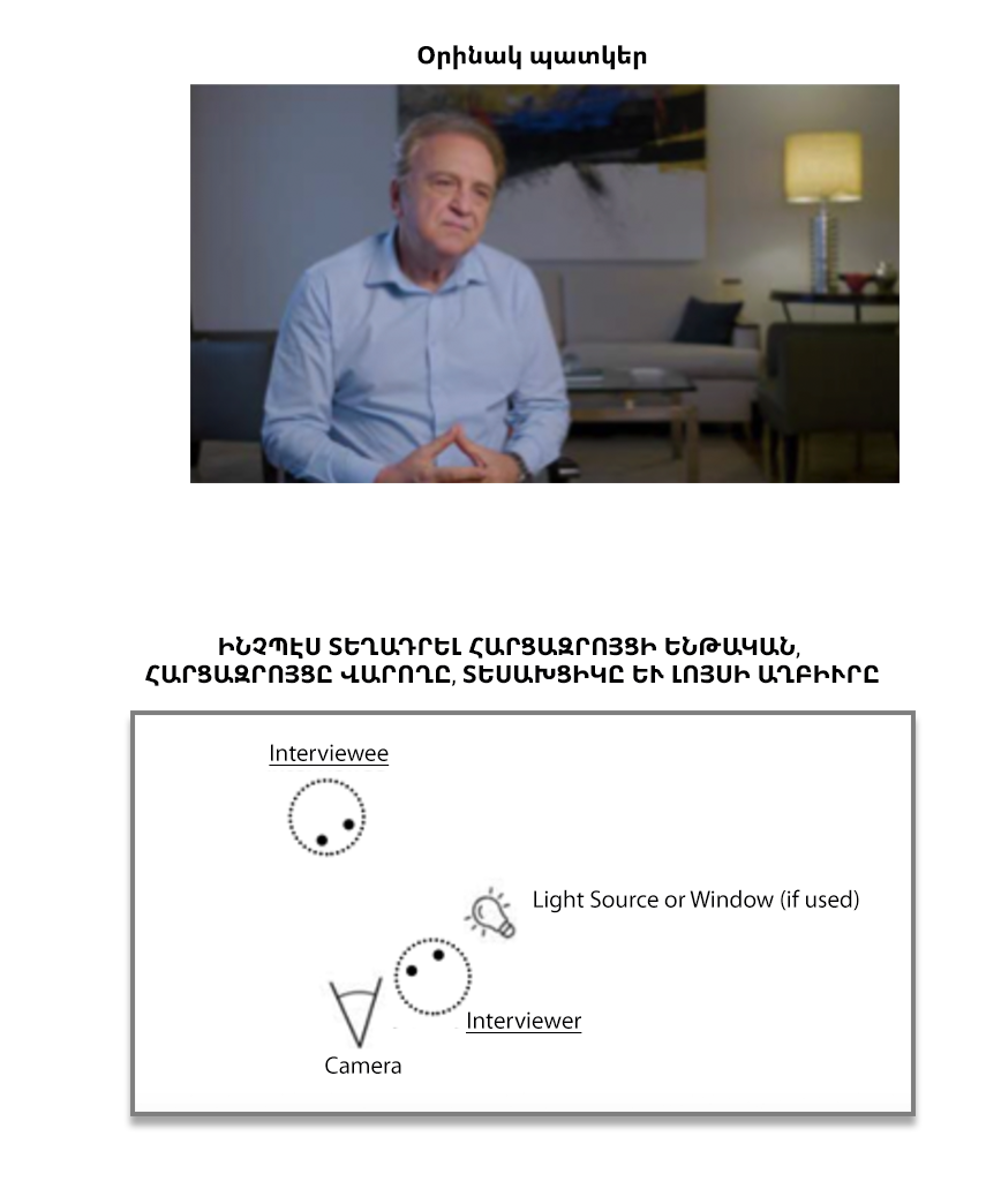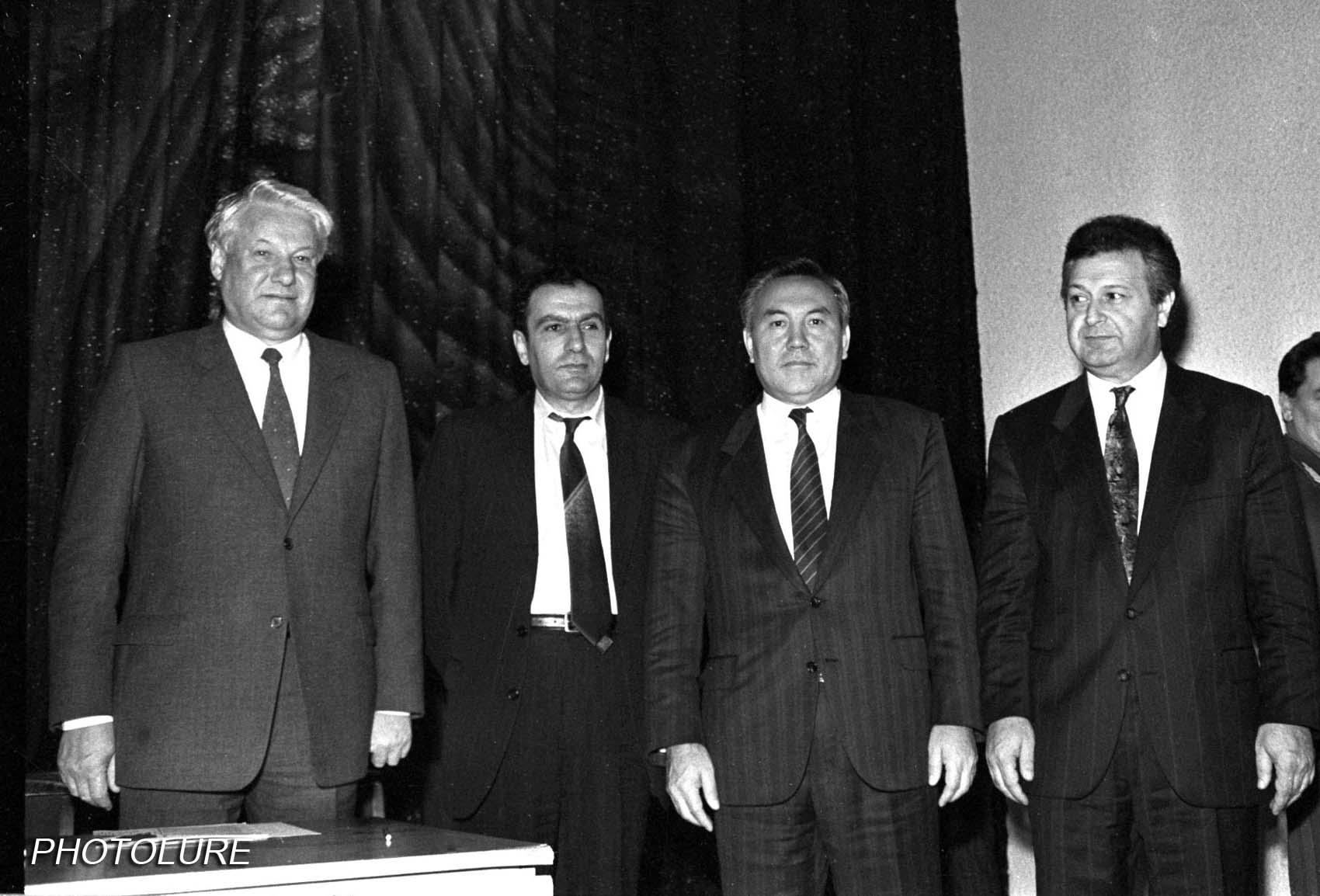
By 1991, with the Karabakh conflict entering its fourth year, mass expulsions and departures of Armenians from Azerbaijan and Azerbaijanis from Armenia were nearly complete. Major exceptions were parts of Nagorno Karabakh and a few adjacent areas where local Armenians backed by volunteers from Armenia engaged in self-defense.
In March 1991, Armenia along with the three Baltic Republics, Moldova and Georgia boycotted the Soviet referendum on a new union agreement and declared plans for a referendum on independence. By contrast, Azerbaijan took part in the Soviet referendum and supported the preservation of the Soviet Union. Shortly after, Soviet leadership began to lean on the side of Azerbaijan and against Armenia.
From April to July 1991, Soviet and Azerbaijani forces expelled populations of 24 Armenian villages in Khanlar, Shaumyan, Shusha and Hadrut regions. Lightly armed Armenian self-defense were overwhelmed. The squeezing out of the remainder of Armenians appeared to be a matter of time. In July, a Karabakh Armenian delegation went to Baku to negotiate a new autonomous status inside Azerbaijan in exchange for security guarantees. This caused a backlash in Karabakh, with leader of the delegation Valery Grigoryan assassinated upon return. Nevertheless, the deportation campaign ceased in August after senior Soviet security officials were implicated in the failed coup against Soviet leader Mikhail Gorbachev.
With Soviet forces returning to a neutral stance, starting in early September Armenian self-defense forces managed to return most of the villages lost in Shaumyan and Hadrut districts. From September 20, presidents of Russia and Kazakhstan launched a mediation mission visiting Baku, Ganja, Stepanakert and Yerevan. On September 23, they managed to secure the following agreement between leaders of Armenia and Azerbaijan.
Zheleznovodsk Declaration
Zheleznovodsk, 23 September 1991
Joint Communiqué on the Results of the Mediating Mission of President Boris Yeltsin of the Russian Federation and President Nursultan Nazarbayev of Kazakhstan
[Unofficial translation, Moscow TASS, 24 Sep 1991]
The intense conflict in the region of Nagorno Karabakh has gone on unabated for four years, claiming the lives of numerous people of different nationalities – civilians and services personnel of regular Army units and interior troops.
The central authorities of the USSR have been unable to work out and implement effective measures to normalize the situation in the region. Gross errors were made resulting in the worsening of confrontation between the sides and the increase of distrust in federal bodies.
In the obtaining [as received] situation, the need arose for mediating efforts aimed at creating conditions to start the negotiating process capable of gradually laying the foundation for the normalization of the situation in the region. Upon agreement with the Azerbaijani and Armenian sides, the leaders of the Russian Federation and Kazakhstan took upon themselves the role of mediators.
On September 20-23, 1991, the mediating mission, led by President Boris Yeltsin of the Russian Federation and President Nursultan Nazarbayev of Kazakhstan, visited Baku, Gyandzha, Stepanakert and Yerevan.
The sides seeking settlement of the conflict are guided by the principles of noninterference in internal affairs of sovereign states and the undeviating observance of civil rights of citizens, irrespective of their nationality and in accordance with international legal norms.
Through mediation some problems of the gradual settlement of the conflict were discussed.
The main results of discussion are as follows:
1. The sides believe that the necessary and binding conditions for settlement of the conflict are a ceasefire, the repeal, before January 1 1992, of all unconstitutional Azerbaijani and Armenian enactments concerning Nagorno Karabakh, the recognition of authority of legitimate bodies of power, the withdrawal from the conflict zone of all armed forces, except units of Soviet Interior Ministry and Soviet Defence Ministry troops.
When this period has expired, the presence of all armed forces and their activities will be considered illegal by all sides and will be suppressed by the Soviet Interior Ministry troops, and members of armed forces are liable under [word indistinct].
A working group of observers is hereby entrusted with working out measures to safeguard the ceasefire, neutralize all armed forces defined as illegitimate, create guarantees of safety for all citizens residing in the conflict zone.
2. For purposes of taking coordinated measures to normalize the situation in the conflict zone a provisional working group is set up, including authorized representatives of the Russian Federation and Kazakhstan. The working group begins activities from 1 October.
3. The Republic of Azerbaijan and the Republic of Armenia ensure the eventual return of deported people to their homes, beginning with the fully vacated villages. The sides guarantee safety in places of permanent residence. Talks on this problem must begin from October 1991.
4. The sides involved in the conflict begin an immediate release of hostages. This process must be completed within a period of two weeks, upon the expiry of which persons involved in holding hostages may be prosecuted under the law. Control over compliance with this provision is exercised by authorized representatives of the mediating sides.
5. Together with federal bodies, the sides guarantee to normalize all railway, air traffic and communications systems within two weeks. All sides, with the cooperation of mediators, will start negotiations to ensure the free and mutually beneficial functioning of all highways.
6. During the talks the sides arrived at a unanimous decision to guarantee the flow of impartial information into the conflict zone. It was decided to set up an information group, consisting of representatives of the Russian Federation and Kazakhstan authorized to prepare official information about developments in the conflict zone.
7. The supreme bodies of the state authority of Azerbaijan and Armenia will approve authorized delegations, which will immediately begin bilateral negotiations on a permanent basis.
8. The sides believe the negotiation process will begin once bilateral treaties have been prepared and signed between the Russian Federation and the Azerbaijani Republic, the Russian Federation and the Republic of Armenia, Kazakhstan and Azerbaijan, and Kazakhstan and the Republic of Armenia.
9. The working group of observers is entrusted with preparing, within a month, proposals for the subsequent stages of settling the conflict.
10. The working group of observers will regularly inform the top leaders of the four republics on progress on realizing the measures envisaged by this communiqué. The provisions contained in this communiqué cannot be viewed as the right of the mediators to interfere in the internal affairs of sovereign states – the Azerbaijani Republic and the Republic of Armenia.
The communiqué is signed by:
For the Russian Federation: Boris Yeltsin
For the Azerbaijani Republic: Ayaz Mutalibov
For Kazakhstan: Nursultan Nazarbayev
For the Republic of Armenia: Levon Ter-Petrosian
Taking part in the discussion of the communiqué were: Ye. Shaposhnikov, V. Barannikov, S. Voskanyan, M. Gezalov. V. Dzhafarov, R. Kocharian, L Petrosian, M. Radayev
September 23, 1991
Zheleznovodsk


